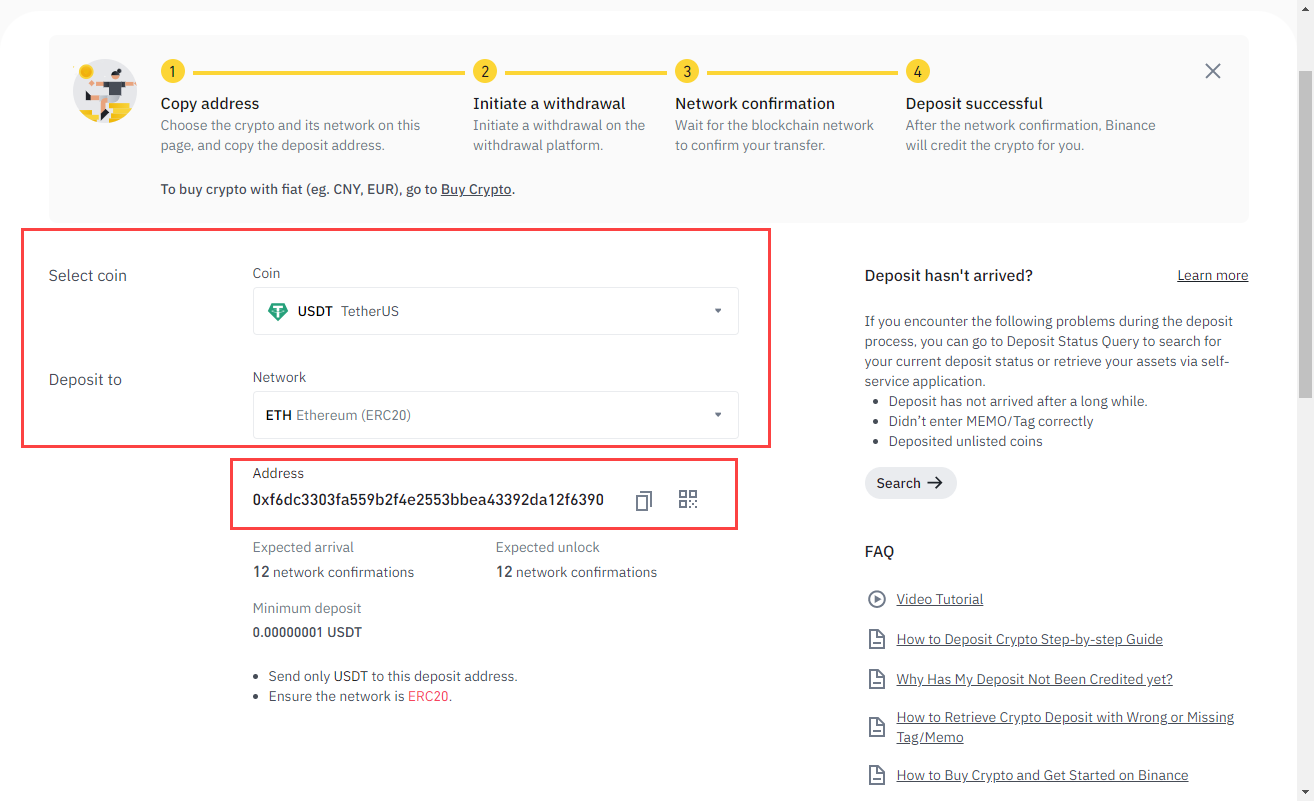
- #Ccdisk tutorial how to#
- #Ccdisk tutorial download#
Note: You will only train for a few epochs so this tutorial runs quickly. Loss=tf.losses.SparseCategoricalCrossentropy(from_logits=True), To view training and validation accuracy for each training epoch, pass the metrics argument to pile. Tf.(128, activation='relu'),Ĭhoose the tf. optimizer and tf. loss function. To learn more about image classification, visit the Image classification tutorial. This model has not been tuned in any way-the goal is to show you the mechanics using the datasets you just created. There's a fully-connected layer ( tf.) with 128 units on top of it that is activated by a ReLU activation function ( 'relu'). The Sequential model consists of three convolution blocks ( tf.2D) with a max pooling layer ( tf.2D) in each of them.
#Ccdisk tutorial how to#
Val_ds = val_ds.cache().prefetch(buffer_size=AUTOTUNE)įor completeness, you will show how to train a simple model using the datasets you have just prepared.

Interested readers can learn more about both methods, as well as how to cache data to disk in the Prefetching section of the Better performance with the tf.data API guide.
Dataset.prefetch overlaps data preprocessing and model execution while training. If your dataset is too large to fit into memory, you can also use this method to create a performant on-disk cache. This will ensure the dataset does not become a bottleneck while training your model. Dataset.cache keeps the images in memory after they're loaded off disk during the first epoch. These are two important methods you should use when loading data: Let's make sure to use buffered prefetching so you can yield data from disk without having I/O become blocking. If you want to include the resizing logic in your model as well, you can use the tf. layer. Note: If you would like to scale pixel values to you can instead write tf.(1./127.5, offset=-1) Note: You previously resized images using the image_size argument of tf._dataset_from_directory. Or, you can include the layer inside your model definition to simplify deployment. Print(np.min(first_image), np.max(first_image)) Image_batch, labels_batch = next(iter(normalized_ds)) You can apply it to the dataset by calling Dataset.map: normalized_ds = train_ds.map(lambda x, y: (normalization_layer(x), y)) Here, you will standardize values to be in the range by using tf.: normalization_layer = tf.(1./255) This is not ideal for a neural network in general you should seek to make your input values small. numpy() on either of these tensors to convert them to a numpy.ndarray. The label_batch is a tensor of the shape (32,), these are corresponding labels to the 32 images. This is a batch of 32 images of shape 180x180x3 (the last dimension refers to color channels RGB). The image_batch is a tensor of the shape (32, 180, 180, 3). If you like, you can also manually iterate over the dataset and retrieve batches of images: for image_batch, labels_batch in train_ds: You can train a model using these datasets by passing them to model.fit (shown later in this tutorial). Plt.imshow(images.numpy().astype("uint8")) Here are the first nine images from the training dataset. You can find the class names in the class_names attribute on these datasets. You will use 80% of the images for training and 20% for validation. It's good practice to use a validation split when developing your model. Create a datasetĭefine some parameters for the loader: batch_size = 32 Let's load these images off disk using the helpful tf._dataset_from_directory utility. Here are some roses: roses = list(data_dir.glob('roses/*')) There are 3,670 total images: image_count = len(list(data_dir.glob('*/*.jpg')))Įach directory contains images of that type of flower. import pathlibĭata_dir = tf._file(origin=dataset_url,Īfter downloading (218MB), you should now have a copy of the flower photos available. 
Note: all images are licensed CC-BY, creators are listed in the LICENSE.txt file. The flowers dataset contains five sub-directories, one per class: flowers_photos/

This tutorial uses a dataset of several thousand photos of flowers.
#Ccdisk tutorial download#
Finally, you will download a dataset from the large catalog available in TensorFlow Datasets. Next, you will write your own input pipeline from scratch using tf.data. First, you will use high-level Keras preprocessing utilities (such as tf._dataset_from_directory) and layers (such as tf.) to read a directory of images on disk. This tutorial shows how to load and preprocess an image dataset in three ways:







 0 kommentar(er)
0 kommentar(er)
